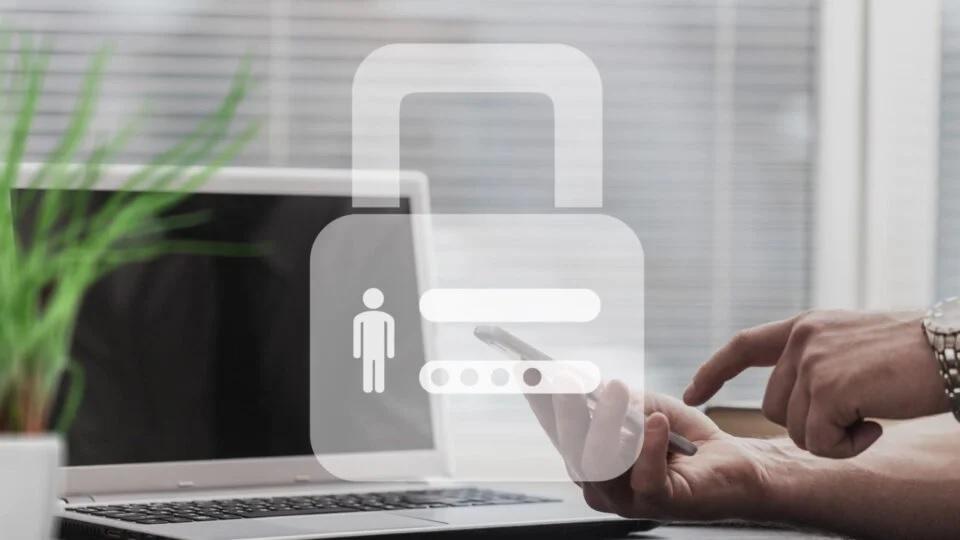In an era where digital security is paramount, the persistent reliance on passwords remains a significant vulnerability for enterprises globally. FIDO 2.0 emerges as a timely solution, reimagining credential authorization using available technologies.
Legacy credential systems, rooted in the Internet 1.0 era, increasingly expose organisations to sophisticated AI-backed cyber threats. The 15% increase in attacks against Indian organisations, now averaging 2,138 attempts per week, can largely be attributed to these poorly secured credentials. As companies and industries continue to thrive throughout India and the region, security teams benefit from implementing new credential approaches, such as FIDO 2.0 stands from the very implementation of their networks.
Despite CISOs and cybersecurity practitioners’ efforts in network security, advanced authentication implementation, and staff training on cyber hygiene, it still only takes a single breach to bring operations to a halt.
Phishing attacks
The Microsoft breach was completely avoidable had they followed the FIDO2 standard, which they offer on their products and even required on their company GitHub.
It speaks volumes about the harm of relying on legacy credential authentications. With the compromise of a single account through successful phishing attempts, hackers were able to put hundreds of organisations at risk– and the problem is scaling.
AI has significantly scaled and refined the accuracy of phishing attacks. While in the past, it involved blasting our poorly-written emails to many users, today’s attacks bring together AI-crafted messaging together with SMS push notifications and other forms of seemingly unthreatening behaviour.
This has lowered the barrier of entry for threat actors, allowing them to wield greater technology without needing to have the technical know-how of how to exploit vulnerabilities. Instead, they can just ask employees to hand over the keys to the kingdom by clicking on a ‘change password’ link, responding to a seemingly harmless text, or putting in credentials to get rid of pesky messages that look just as if they are coming from the company’s IT department.
Once in, the threat actor has full access to whatever the tricked user had– but take note: while within a network, information can be extracted and permissions elevated by curating just the right message with AI once again. This evolution in phishing attacks not only represents a technological shift but also a critical operational risk for organisations.
Implementing FIDO2 removes the risk of a SIM Swap attack, IdP MITM Phishing attacks, Push bombs, OTP MITM attacks, password spraying and lost/reused credentials.
Securing endpoints and the cloud
As phishing attacks continue to target all users, it’s no surprise that the big prize lies in penetrating corporations.
Given the availability of these capabilities on corporate devices (and adaptability for older ones), urgent action by management to adopt these standards is essential to prevent potential multi-million dollar crises.
To Know More, Read Full Article @ https://ai-techpark.com/revolutionizing-security-fido-2-0/
Related Articles -
Spatial Computing Future of Tech
collaborative robots in healthcare
Trending Categories - IOT Wearables & Devices



